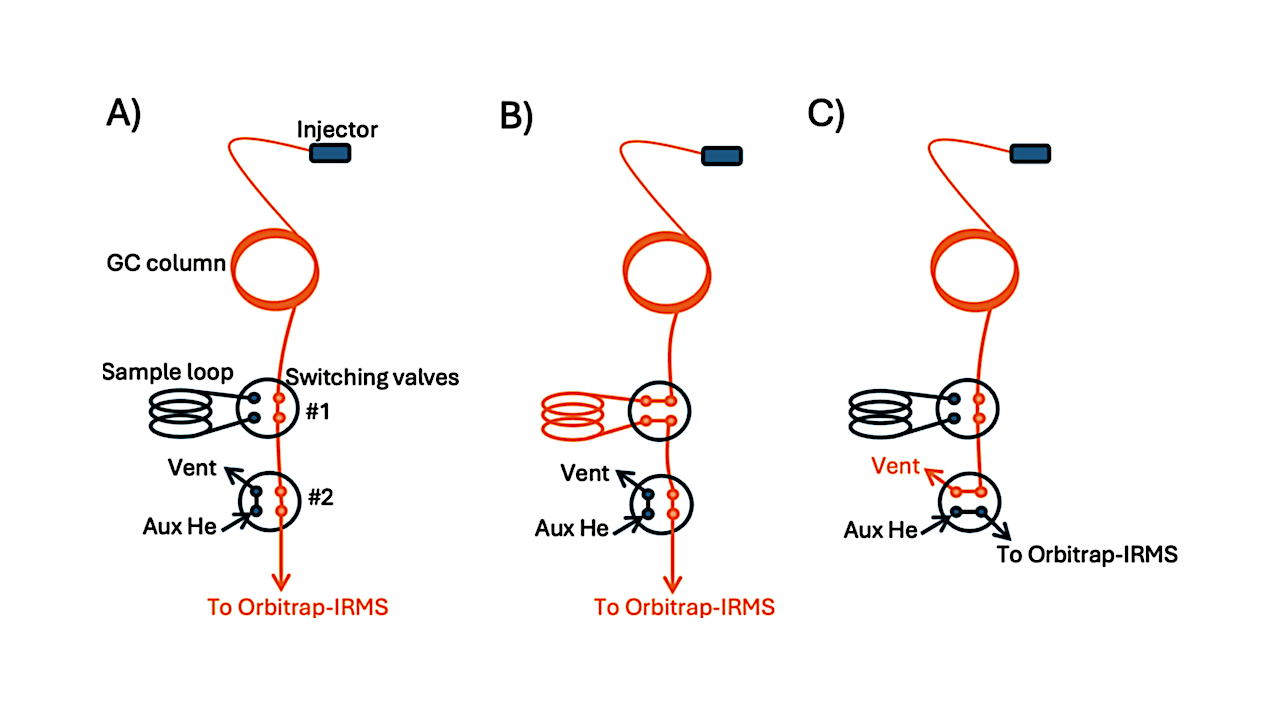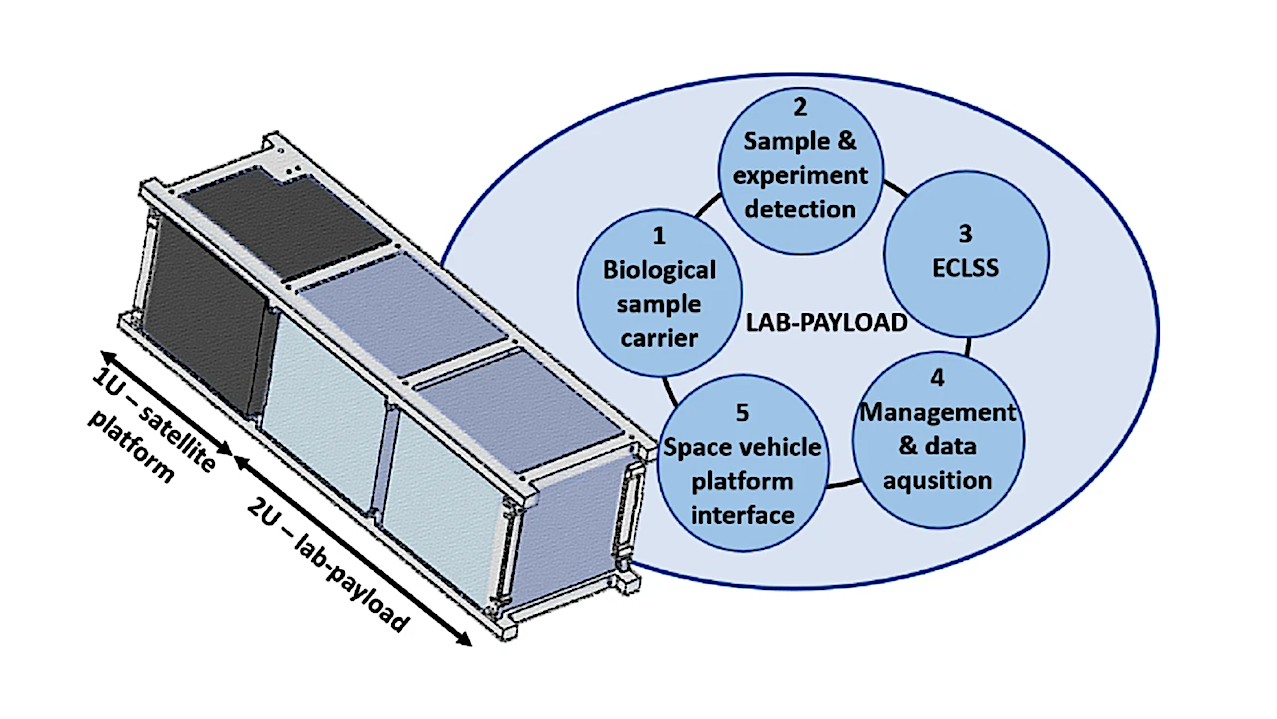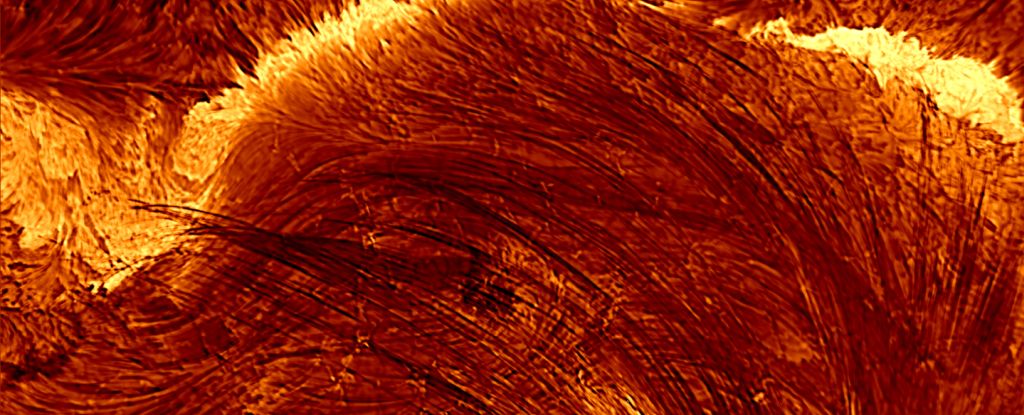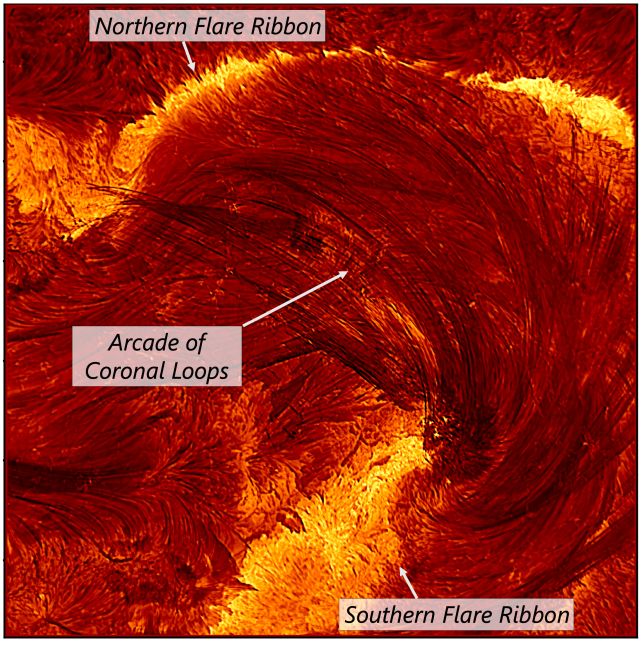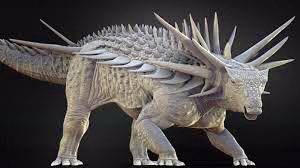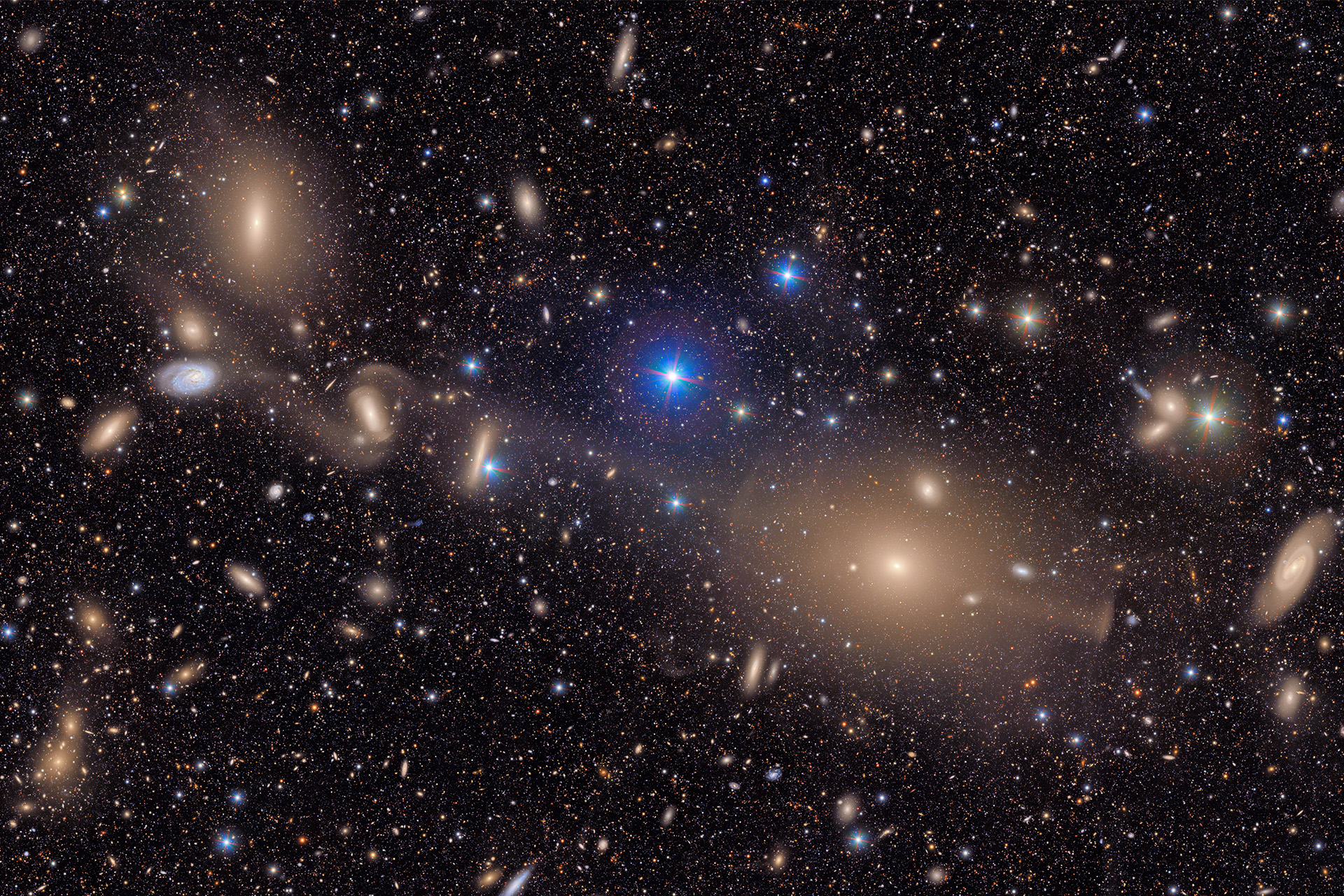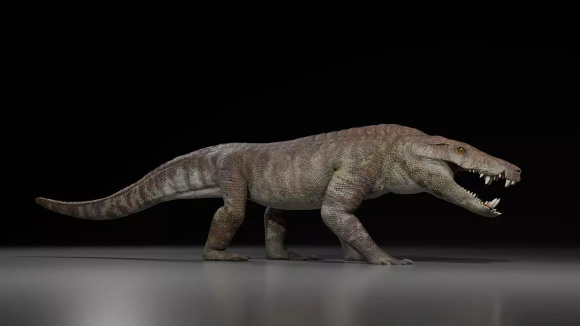Scientists introduced MIST, a new algorithm that quickly identifies minerals from chemical data. MIST automates a traditionally slow, expert-dependent process, streamlining exploration and mining.
The study, published in a new issue of Computers & Geosciences, presents MIST—short for Mineral Identification by Stoichiometry—a computational tool that classifies minerals based on oxide compositional data. It replaces manual petrography and spectroscopy, offering a faster, standardized method to process vast datasets generated during exploration.
The researchers who made the discovery and penned the article are a team of scientists at Rice University’s Department of Earth, Environmental and Planetary Sciences.
Researchers note this represents a major advancement in geoscience data science as machine learning depends on high-quality data, and MIST ensures that the data is accurate and uniform. Available at mist.rice.edu, the tool is already being utilized in planetary science, including analyzing chemical data collected by NASA’s Mars rovers.
One scientific researcher noted MIST was initially developed to interpret minerals on Mars and now it is proving just as useful for studying rocks here on Earth.
In an interview with Phys.org, Kirsten Siebach, assistant professor of Earth, environmental and planetary sciences and lead author of the study, commented: “MIST takes a tedious, expertise-heavy process and makes it accessible in seconds. You don’t have to already know what mineral you’re looking at—MIST can figure it out from the chemistry.”
Mineral identification is crucial for mining geology, affecting resource quantification and extraction techniques. Traditional methods rely on textures and optical properties, which, while accurate, are too slow for large deposits or early-stage exploration. Converting large analytical datasets into precise mineral IDs is complicated by mineral variability and elemental substitutions. Existing database-driven or machine learning approaches often lack consistency or require extensive training data.
MIST addresses these issues by applying stoichiometric rules based on known mineral formulas. It provides a reproducible framework that transforms raw compositional data into reliable classifications.
MIST analyzes oxide percentages, normalizes the data, and compares it against stoichiometric boundaries from established formulas. It accounts for natural substitutions—like Fe, Mg, or Ca—using rules aligned with International Mineralogical Association standards. The algorithm recalculates mineral formulas, filters out poor-quality or contaminated data, and assigns mineral identities or likely species. Implemented in MATLAB with an online version, MIST integrates smoothly into existing geochemical workflows.
Applied to large repositories such as GEOROC, MIST identified over 200 mineral species from more than 875,000 analyses. It generated standardized formulas, flagged endmembers, and included quality checks comparing measured stoichiometry with ideal values. Case studies on igneous and metamorphic rocks demonstrated MIST’s ability to identify minerals like clinopyroxenes, feldspars, and sulfates such as anhydrite—accounting for elemental substitutions that impact mineral processing.
The developers state that MIST improves mineral database reliability, enhances resource estimates, and provides cleaner data for machine learning models. Despite some limitations, like narrow criteria for certain minerals or difficulty handling mixed phases, the tool marks a significant step forward in large-scale mineral identification.
MIST’s primary impact may lie in improving and annotating large mineral databases for machine learning applications. The team applied it to filter over a million analyses from the GEOROC geochemical database, converting 875,000 mineral records into a standardized format suitable for AI training and large-scale geological research.
MIST enables faster interpretation of geochemical data, crucial during early exploration for prompt decision-making. It enhances quality control by detecting anomalies indicative of contamination or alteration, common in ore samples. Incorporating clearer mineralogical context improves resource estimates and guides more efficient processing strategies.
The authors highlight that MIST complements traditional, texture-based identification, offering rapid first-pass classification to guide detailed analysis. The framework can evolve to include new mineral species and refine stoichiometric rules, keeping pace with industry advancements.
By providing faster, scalable, and more consistent mineral identification, MIST supports a move toward data-driven mining practices—ultimately leading to more efficient and sustainable resource development.
The article on MIST can be accessed here.
